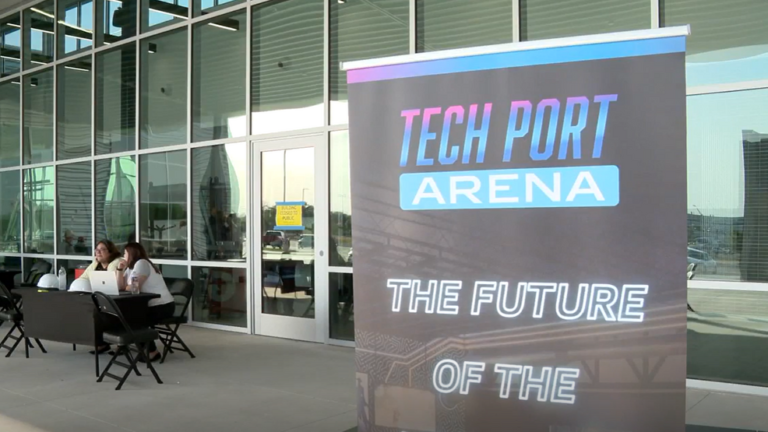San Antonio – San Antonio is the second fastest growing city in the United States.
And a continued rapid population growth also means the need for businesses and job creation to sustain the economy.
The Alamo City is home to several major economic drivers, including tourism, healthcare, technology, military, and financial sectors.
However, as the city’s population increases, the focus of local job creators has narrowed, shifting primarily to the technology, military, and medical industries.
“Ultimately, our mission is jobs,” said Jamie Luttrell, vice president of brand and communications for Greater SATX. “We exist to bring jobs to San Antonio.”
This is good news because the Alamo City will need a lot of them in the coming years.
The city’s population has increased nearly 20% from 20-10 to 20-20, an average of 130 people are moving to San Antonio every day, and some estimates predict the population will grow to more than 4 million by 2050.
“With this population growth comes two dual problems,” said Jeff Fair, vice president of economic development for the Greater San Antonio Chamber of Commerce. “The first thing is hiring people, but finding the right employees is also important from a business perspective.”
In response, organizations like the Chamber of Commerce and Greater SATX are working to attract high-paying technology, manufacturing and industry to the city.
“Healthcare and biotechnology,” Fair said. “Aerospace, Cyber and IT Space”
“Many of the industries we target are not necessarily the biggest industries in San Antonio,” Luttrell added. “But again, San Antonio has unique attributes that will increase quality jobs for San Antonio residents, which will lead to economic mobility and allow us to win in corporate recruitment.” It is.”
Fair said the hospitality and tourism industries are important here, too, but job growth in other sectors is needed to advance San Antonio’s middle class.
“Hospitality and tourism are important here. One of the biggest issues in San Antonio from a competitiveness issue is the median salary, so it has to be both,” Fair said.
“They’re here now. They’re great paying jobs that help provide a path to economic mobility,” Luttrell added.

